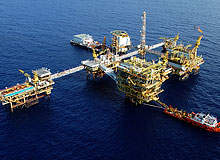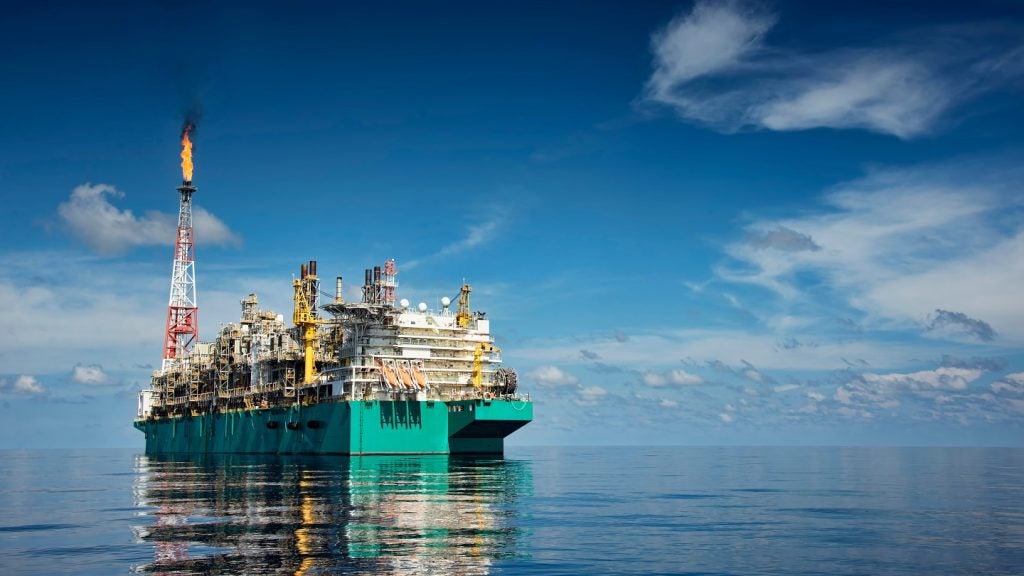
Headlines often focus on new oil and gas discoveries that are increasingly more difficult, expensive and environmentally risky to access. What is often missed, however, is that the energy industry has barely been able to recover 35% of what has already been discovered.
Oil wells have been abandoned with up to 50% of the original oil in place still in the ground. Industry must do better if the ever increasing demands of worldwide economies are to be met.
Although Enhanced Oil Recovery includes the use of chemicals, gas, water and steam injections into the well, which can all be effective, the next step is to take oil recovery down to the minute level possible by enhancing innovation in membrane filtration and nanotechnology.
Canada leading the way
The Canadian oil industry has taken a great interest in cleaning and recovery processes for water used in oil and gas production and the nation also has a large number of controversial tailings ponds to clean up.
See Also:
During the second quarter of 2010, a Canadian study, Beneficial use of Pre-treated Produced Water and Related Salt Impacted Water Using Advanced Ceramic Membranes involving the Southern Alberta Institute of Technology (SAIT) and the University of Calgary (UoC) reported their findings.
How well do you really know your competitors?
Access the most comprehensive Company Profiles on the market, powered by GlobalData. Save hours of research. Gain competitive edge.

Thank you!
Your download email will arrive shortly
Not ready to buy yet? Download a free sample
We are confident about the unique quality of our Company Profiles. However, we want you to make the most beneficial decision for your business, so we offer a free sample that you can download by submitting the below form
By GlobalDataThe group found a 99% reduction in oil and grease for all de-salter and de-sander ingredients with the membranes having an overall membrane performance efficiency of 99% with a membrane recovery of 95%; typical membrane clean up time took between five and six hours.
“Pre-treatment of produced water using advanced ceramic membranes could beneficially increase recycle rates for various petroleum operations,” said the group. Benefits of using the ceramic membranes included resistance to chemicals, mechanical and thermal stability, high throughput fluxes under high pressure, ease of cleaning, good longevity and that the pre-treatment of water can increase recycle rates and energy savings.
There are downsides, however, including high capital investment, the high cost of replacement in the case of breakdowns, brittleness without proper support systems, slow membrane regeneration and that high selectivity can sometimes make cleaning a challenge. Nevertheless, membrane markets look set to soar.
A 2010 study from SBI Energy predicts that the global market for water recycling, re-use and filtration could hit US$57bn in 2015 reflecting a 16% growth rate. “Within the four main types of water treatment solutions membrane systems, multimedia filtration systems, carbon filtration systems and zero liquid discharge (ZLD) systems, membrane systems are currently commanding 70% market share,” said SBI Energy publisher, Shelley Carr. “Decreasing costs associated with membrane technology combined with technological advancements have broadened the ease and scope of applications within the sector.”
Old news or game changer?
The use of membranes is not new, for 20 years or so polymeric membranes have been used to remove carbon dioxide (CO2) from contaminated gas streams and today manufacturers offer polymeric membranes for CO2/methane (CH4) separation.
With the seemingly game-changing shift towards recovering unconventional and sour gas resources membranes can play a key role; the production of sour gas requires the application of technologies to separate CO2, CH4 and hydrogen sulphide (H2S).
According to Shell, the application of membranes over other technologies offers a small footprint and a simple operation, which is ideal for offshore operations. However, the separation performance of industrial membranes is limited. To minimise the loss of hydrocarbons an extensive recycle compression is required, which leads to high operating costs.
Another obstacle, according to Shell, is that the operating envelope for polymeric membranes is limited due high pressure CO2 polymeric membranes suffer from plasticisation, which leads to an irreversible selectivity loss. Research is ongoing. Shell says that it is now developing inorganic membranes for the separation of CO2/CH4. One of the prototypes the company is developing is a thin SAPO-34 molecular sieve layer on the surface of a tubular porous support.
The sieve has a chabazite-type structure with a pore size of 3.8 angstroms; chabazite is a mineral of the zeolite group and an angstrom is one hundred millionth of a cm. Shell says that separation of CO2/CH4 occurs through selective absorption and molecular sieving and reports at low pressures, “In this type of separation, these membranes have proven to increase productivity and selectivity ten-fold compared to commercial polymeric membranes.”
The company also says that unlike commercial polymeric membranes the molecular sieve membranes are stable in high pressure CO2 regimes and that due to its superior separation performance the company expects SAPO-34 membranes to significantly reduce the compression costs that are generally associated with membrane-based CO2/CH4 processes.
Oil filtration and nanotechnology
Like membranes, nanoparticles have been used as catalysts in the oil and gas industry for many years; a nanometre is around 50,000 times thinner than a human hair. However, nanotechnology will probably play an increasingly vital role in the industry’s quest for greater efficiency.
Shell is a leading player in the research and development of nanotechnology. At the third nanotechnology forum in Moscow in 2010 Shell’s chief scientist, Sergio Kapusta said in his presentation that Shell ranked number one (based on 2010 data) for nanotechnology patents in the energy sector followed by Halliburton, Sclumburger, Baker Hughes, ExxonMobil, General Electric, Weatherford International, Smith International, Chevron and National Oilwell Varco.
Kapusta said that nanoparticles of the future could be used to transmit information about the oil or gas reservoir as they travel through the rock pores. “We can do some of that already on a small scale on the bench top,” said Kapusta. “The challenge is how can we do it when the actual place is 2km down the hole. That is where our investigation is going.”
Kapusta outlined a wide range of applications for nanotechnology in the oil and gas industry such as, reservoir surveillance, nanoproducers, enhancing oil recovery by delivering chemicals, making and breaking emulsions and foams, nanocleaners, removing containments from water and nanomaterials, providing corrosion/erosion resistance and enabling the manufacture of better steels and composites. “We are really at the beginning of this enormous potential,” said Kapusta.




